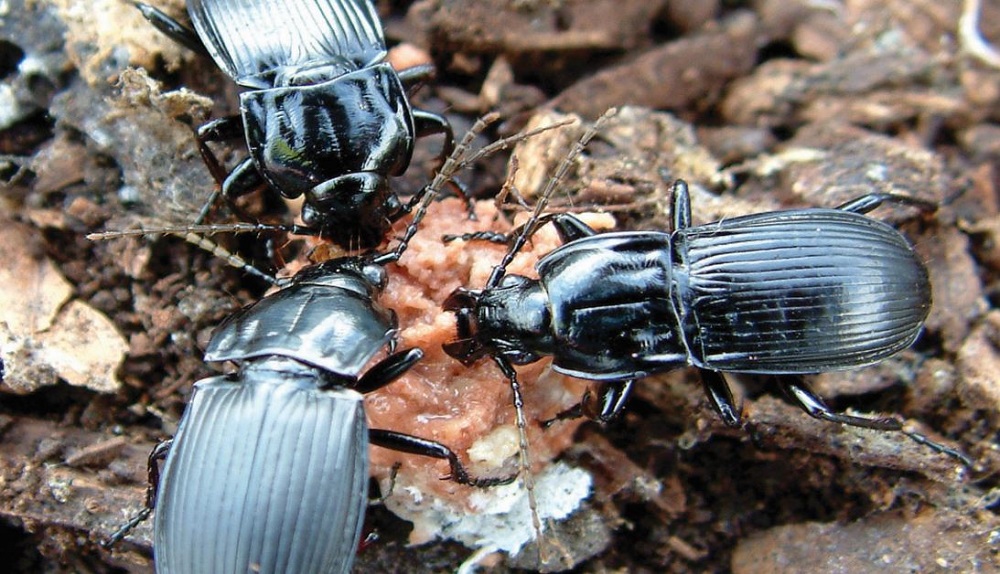- Home
- Knowledge library
- How to suppress slugs with cultural control
How to suppress slugs with cultural control
With chemical and biological control options for slug control limited, efforts to prevent slug populations from spiralling out of control rely increasingly on the use of non-chemical approaches. With each solution only providing partial control, a combination of tactics are often required.
How to manage slugs in field crops (home page)
Order a printed copy of our integrated slug control publication
Soil management is an essential component of slug control. In fact, land/seedbed preparation and quality are potentially even more important than the chemical control of slugs. This is particularly true for combinable crops.
Mechanical cultivations are effective at reducing slug populations. The most intensive and effective option is ploughing. However, even minimum tillage gives a considerable reduction in slug damage, compared with direct drilling.
The level of slug mortality depends on the soil type, as well as the machine action and timing of cultivation, depth and intensity.
Firm seedbeds also reduce slug activity, as it is harder for them to move around and it reduces the availability of safe resting places.
A fine, consolidated seedbed also provides good seed-to-soil contact. This helps crops germinate quickly and grow rapidly through the vulnerable establishment stages. If the seedbed is cloddy, increase sowing depth of wheat to 4–5 cm.
The management of slugs is often more critical following higher-risk crops in the rotation. For example, slug damage is greater after leafy crops, which create moist soil conditions, and crops grown for relatively long periods. Crops established in fields with historic weed problems are also at higher risk.
Damage in potato crops is partly related to tuber maturity. Lifting potatoes as soon as possible can limit damage, as it minimises the time the crop is exposed to feeding.
The establishment and management of beetle banks in field margins, as habitats for carabid beetles, can potentially reduce slug numbers by predation, mainly from June to September.
 Roger Umpelby
Roger Umpelby
Carabid beetles reduce slug numbers by predation. © Roger Umpelby

